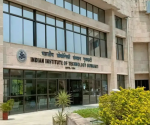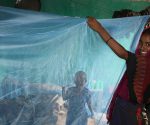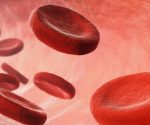Blue light increases mutations in yeast DNA: IISER study


A schematic representation of mutational signatures associated with blue light.
| Photo Credit: PLoS Genet 21(5): e1011692
Researchers from the Indian Institute of Science Education and Research, Thiruvananthapuram, have found that blue light can greatly increase the number of genetic mutations in yeast.
Since yeast is a popular model organism in biology, the findings suggest prolonged exposure to blue light could also pose similar risks to other organisms. This will need more research to confirm.
These effects of blue light exposure also go beyond its known impact on sleep cycles and vision.
The study was conducted in the laboratory of Nishant K.T. His fellow authors were PhD scholars Nikilesh Vijayan and Sameer Joshi and postdoc Praseetha Sarath. The findings were published in PLoS Genetics.
The DNA of every living organism changes slightly over time thanks to mutations. One kind of mutation is called loss of heterozygosity (LOH): when a cell loses genetic diversity at certain parts of its DNA. LOH can help evolution along but can also result in diseases like cancer. Scientists are trying to understand how common environmental factors like light, temperature, and the availability of nutrients influence these mutations.
In the new study, the researchers used yeast cells — the kind used in baking bread — that had a mixed genetic background, which can be used to track LOH events. They grew these cells over about 1,000 generations in different environments: normal conditions (i.e. control group), exposure to blue light, low sugar, high temperature, salty conditions, ethanol, and oxidative stress.
Each environment had 16 yeast populations grown independently. After 1,000 generations, the researchers sequenced the DNA from each population to assess genetic changes.
They found that every condition tested led to more LOH mutations compared to normal conditions, but the extent of changes varied greatly by environment. Blue light was especially damaging: these cells had by far the most LOH mutations.
The light caused large sections of DNA to lose genetic variation, making significant parts of the genome uniform. This occurred because blue light produced reactive oxygen molecules, like hydrogen peroxide, that damaged DNA.
The team also found that blue light induced unique kinds of DNA mutations. For example, it oxidised DNA bases, causing errors in DNA copying.
“Our work provides a mechanistic basis for using chronic blue light exposure as a novel antifungal agent through its genotoxicity. This is important as there is increasing resistance of pathogenic yeast to antifungal drugs,” Prof. Nishant said.
Published – May 25, 2025 05:45 am IST















